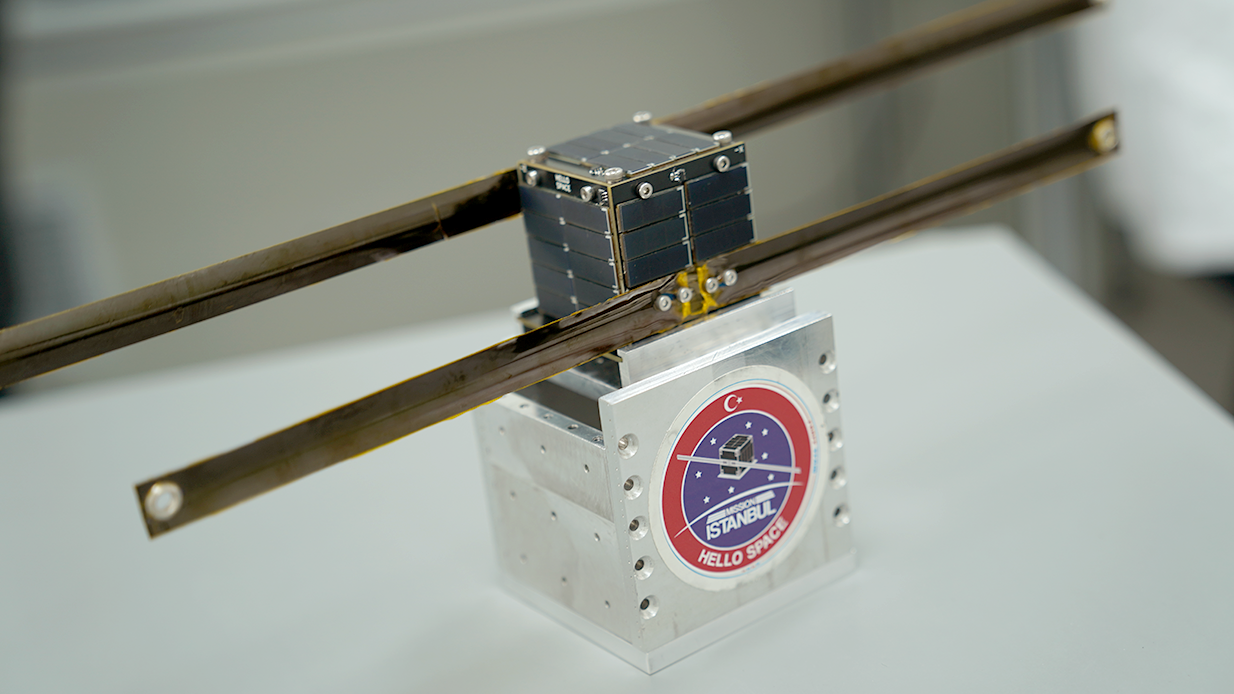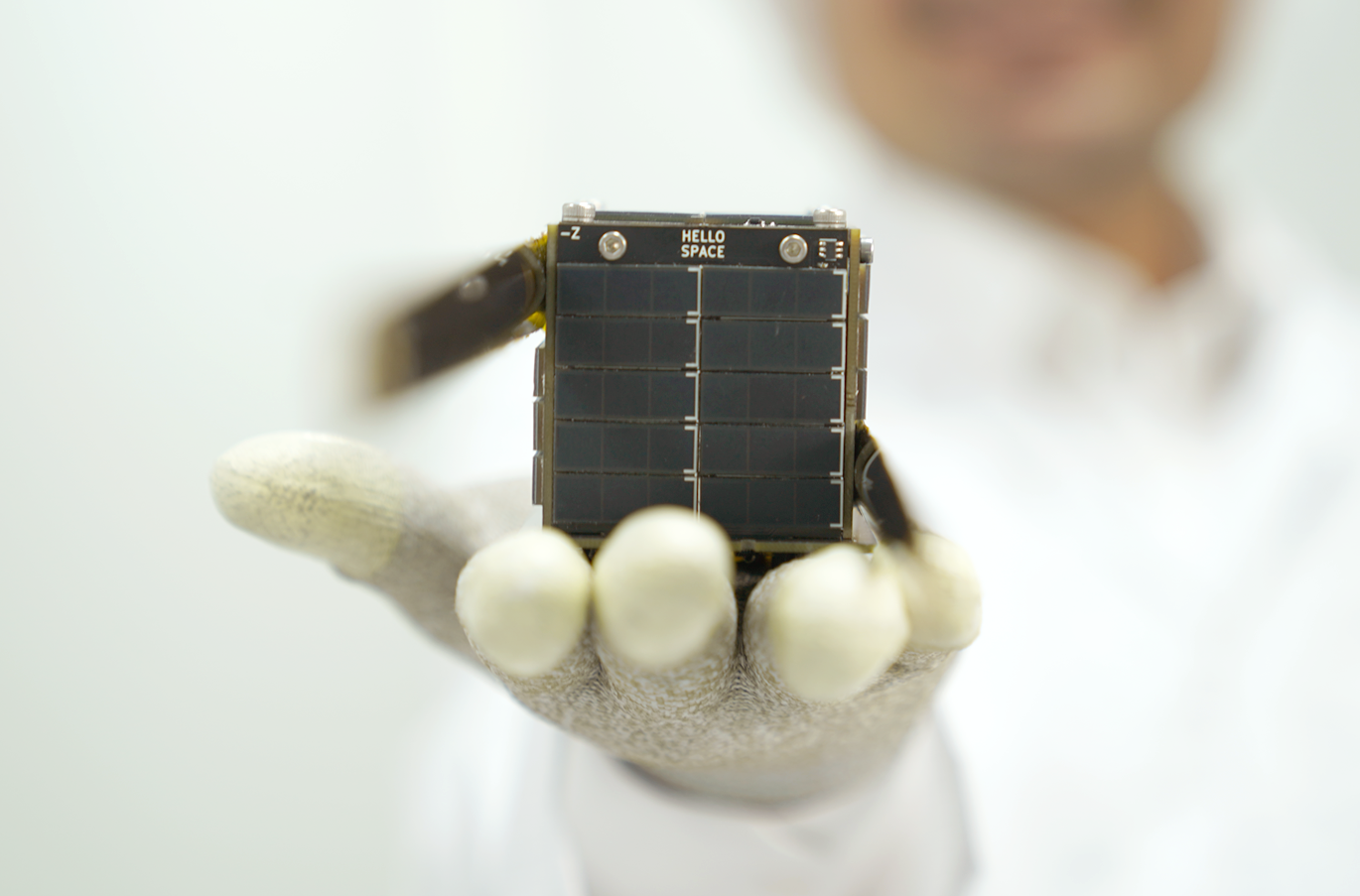
In recent years, the space industry has witnessed a remarkable trend towards miniaturization, giving rise
to pocket satellites. These small, yet powerful, spacecraft have opened up new possibilities for space
exploration and research. In this article, we will delve into the hardware components of pocket satellites
and explore how their compact size is revolutionizing the field of space technology.
Pocket satellites, also known as CubeSats or nanosatellites, are characterized by their small form factor
and lightweight design. They typically adhere to standardized dimensions, with 1U CubeSats being as
small as 10 cm x 10 cm x 10 cm and weighing just a few kilograms. This miniaturized design presents
unique challenges and opportunities in terms of hardware development.
Despite their small size, pocket satellites incorporate powerful onboard computers capable of executing
complex tasks. These computers are designed to be energy-efficient and have enough processing power
to handle various functions such as data acquisition, processing, and communication.
Pocket satellites can accommodate a wide range of payload instruments depending on their mission
objectives. These instruments can include cameras, spectrometers, magnetometers, and other sensors,
allowing for diverse scientific research and data collection in space.
Communication is a crucial aspect of pocket satellite operations. These satellites utilize compact radio
systems for both commanding and data transmission. They leverage different frequency bands and
protocols, often relying on low-power, efficient transceivers to establish communication links with
ground stations or other satellites in a constellation.
Given the limited space and resources available, pocket satellites employ efficient power management
systems to generate, store, and distribute electrical power. This includes solar panels for harnessing
energy from the sun and rechargeable batteries for storing power during orbital eclipses.
Pocket satellites require precise attitude control to maintain their orientation in space. They may
incorporate reaction wheels, magnetorquers, or thrusters to adjust their position and trajectory.
Innovative propulsion systems, such as ion thrusters or cold gas thrusters, have also been adapted for
miniaturized satellite applications.
Pocket satellites represent a paradigm shift in space exploration, enabling cost-effective and rapid
deployment of space missions. Their hardware components, carefully designed for miniaturization,
exemplify the remarkable advancements in space technology. As the industry continues to push the
boundaries of miniaturization, pocket satellites hold the potential to revolutionize our understanding of
the cosmos and facilitate groundbreaking scientific research in the years to come.

